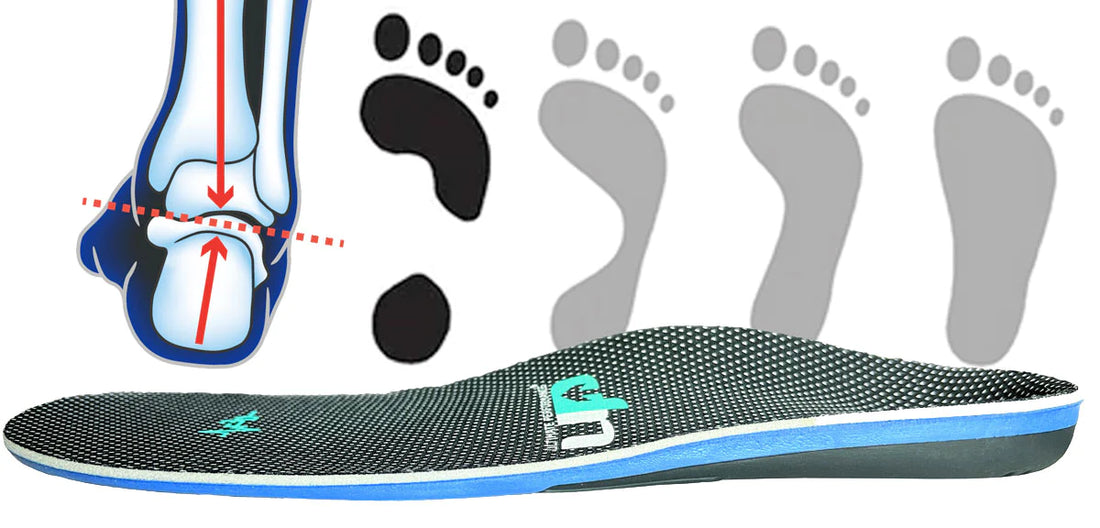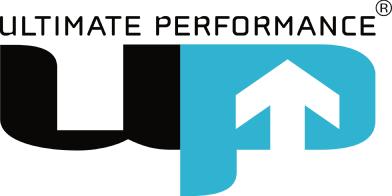
Insoles For Supinators
Share
The best insoles for supinators have maximum cushioning. If you are classed as a supinator when running then your feet tend to roll out. As a result, this placesmore load on the outside of your foot and forefoot.
What supination?
Supination occurs when your foot rolls out during contact with the ground before rolling in. If you 'over supinate' your foot rolls in at the last moment, when you push off into the next stride. Therefore, more weight goes through the outside of your foot.
If you are a runner or walker who over supinates then you most likely have feet with high arches. As a result, high-arched feet are often rigid and inflexible. Therefore, this increases your risk of injury.

How do I know if I over supinate?
- Look at your feet. If you have a rigid, high arch under your foot then it is more likely you over supinate when you run.
- Look at your shoes and in particular, the wear pattern. Oversupinators tend to wear the outside of their shoes more. Also, the upper often collapses outwards as they wear.
- Try the wet foot test. Place your foot in water, then onto a piece of paper and examine your footprint.

What insoles are best for supination?
Oversupinators need a neutral or low arch support insole but with plenty of cushioning. This protects the outside of your foot and forefoot from additional forces. The following factors are important:
Cushioning insoles for supinators
Cushioning is the number one priority with insoles for supination. Pronation is your foot's natural shock absorber. As your foot rolls in, it absorbs running impact forces. Cushioned insoles compensate for the lack of natural pronation and provide additional comfort. This mitigates the problems caused by having rigid, high-arched feet.
The Advanced F3D Cushion Insole is perfect for supinators. It has a full 3mm foam damper which dissipates up to 95% of shockwaves in each foot strike, reducing the impact to your foot.
In addition, it offers biomechanical support from a cushioned arch support as well as an anatomical contour called a ‘Met Pad’. The Met Pad helps spread the load on your forefoot.
This helps reduce pain and mitigate the risk of injury, not only in your feet, but also in your ankles, shins, knees, hips, back and neck.
Arch support insoles for supination
Supinators often have high arches, so look for insoles with a higher arch profile or those specifically designed for high arches. Although arch support is not needed to prevent overpronation, it does help distribute pressure evenly across your foot promoting a more neutral foot position.
Foot stabilization
Insoles that provide stability and help prevent excessive outward rolling are important. The Advanced F3D Cushion insole has a semi-rigid core to help stabilise your foot and promote proper alignment.
Flexibility and insoles for supination
While stability is important, insoles for oversupination should still offer some flexibility to accommodate the natural movement of your feet. This balance ensures comfort and allows for a more natural gait.
Correct Shoes & Sizing
Ensure that you choose the correct size of insoles to fit your shoes. Ill-fitting insoles can cause discomfort and compromise their effectiveness. You may need to trim your insoles to achieve a perfect fit.
Remember that insoles are just one part of the equation. It's crucial to pair them with properly fitting shoes that offer adequate support and cushioning. The bottom of your shoe should be flat so the insole works properly. Make sure you remove any existing insoles first.


